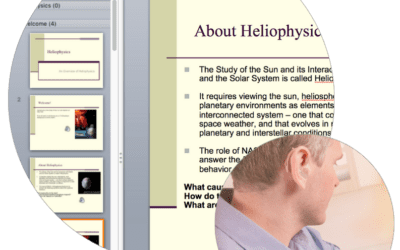Critical Gaps in Federal Technology Accessibility
The Senate Special Committee on Aging’s recent report reveals significant gaps in federal technology accessibility. This issue became prominent in 2018 when veterans struggled with inaccessible websites and kiosks at the Department of Veterans Affairs (VA). Even after bipartisan legislation in 2020 required VA to report on Section 508 compliance, fewer than 10% of VA websites were fully accessible.
Understanding Section 508
Section 508 of the Rehabilitation Act of 1973 mandates that federal technology must be accessible to people with disabilities. Added in 1986 and strengthened in 1998, Section 508 requires federal agencies to ensure their technology is accessible. This includes computers, telecommunications equipment, office machines, software, websites, kiosks, and electronic documents.
Current Challenges and Recommendations
Despite these requirements, many federal technologies still fail to meet accessibility standards. Individuals like Ron Biglin, a blind Air Force veteran, and Jule Ann Lieberman, a technology specialist with low vision, face significant challenges. The COVID-19 pandemic highlighted these issues further, as inaccessible websites hindered access to critical information.
Senator Bob Casey, chair of the Special Committee on Aging, emphasizes the need for action. He urges Congress to amend Section 508 to keep up with technological advances. He also recommends that inspectors include Section 508 compliance in their oversight plans. Additionally, he calls for federal departments to appoint accessibility officers to ensure adherence to Section 508.
The report’s recommendations aim to enhance the accessibility of federal technology and increase accountability. Implementing these measures will help ensure that federal technology meets the needs of all individuals, including those with disabilities, older adults, and veterans.
READ THE REPORT HERE:
UNLOCKING THE VIRTUAL FRONT DOOR: An Examination of Federal Technology’s Accessibility for People with Disabilities, Older Adults, and Veterans.





